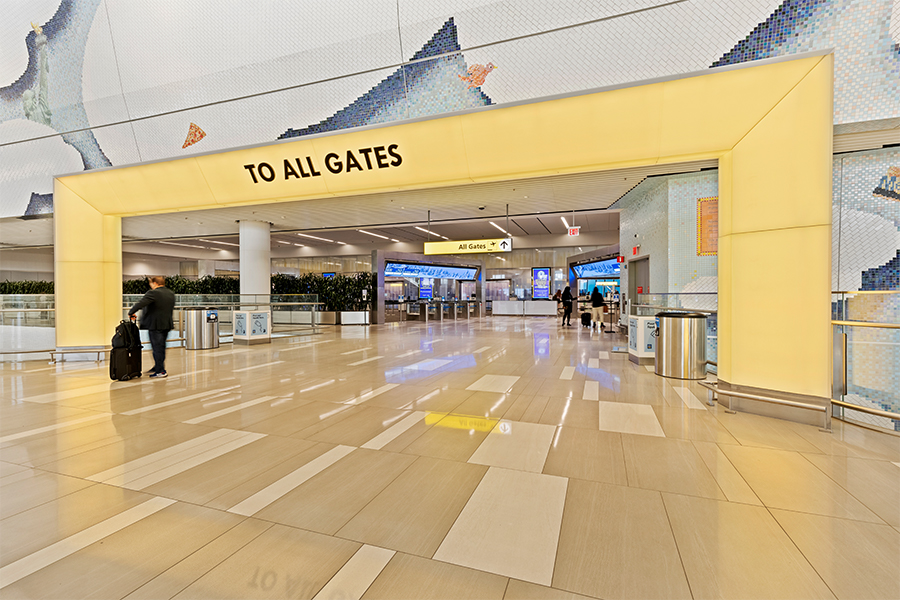Backlit Acrylic and Resin
Resins and acrylics are widely favored for their versatility as surface materials. Whether you prefer a sterile white aesthetic or vibrant colors, resin-based panels offer designers a predictable backdrop for backlit features. Acrylics, on the other hand, are lighter in weight and typically available in larger sizes, providing a more predictable outcome for custom projects. However, it is important to consider the specific area of use, as fire ratings and deflection rates can pose challenges for certain products and sizes.
One drawback of these materials is their lack of forgiveness. Unlike natural stone or glass, acrylics and resins transmit light directly, without diffusing it across the surface. This can affect the way light is distributed, resulting in shadows in mitered corners and difficulties in concealing seams. Additionally, over time, discoloration or exposure to construction chemicals may alter their appearance when backlit. Therefore, it is crucial to thoroughly test the lighting strategy and acrylic surfaces as part of the initial assessment.

